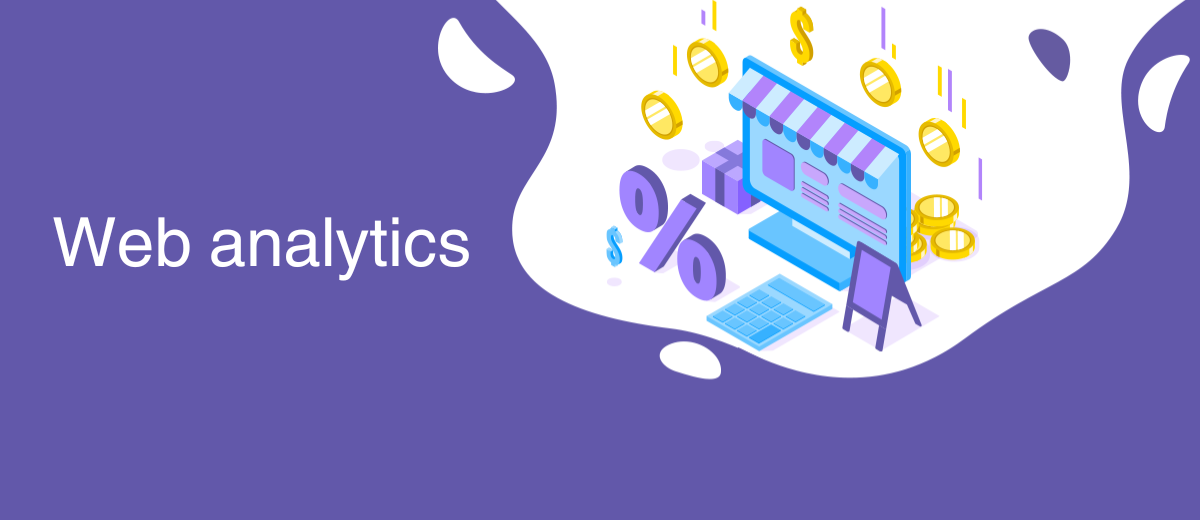Web analytics
Web analytics is the process of collecting, measuring, analyzing, and reporting web data to understand and optimize the user experience, website performance, and online marketing efforts. By leveraging web analytics, businesses can gain valuable insights into user behavior, site traffic, and conversion rates, ultimately driving better decision-making and improved results in their digital strategies.
There are two primary types of web analytics:
- On-site analytics: This type focuses on user behavior and interactions within a website, including the number of visitors, page views, time spent on site, bounce rate, and click-through rates. On-site analytics can help businesses identify popular content, optimize website design, and improve the overall user experience.
- Off-site analytics: This type of analytics deals with the measurement of a website's potential audience, visibility, and online reputation. Off-site analytics can include tracking brand mentions, backlinks, and social media engagement to assess the effectiveness of marketing campaigns and public relations efforts.
Several tools are available for web analytics, with Google Analytics being the most widely used due to its robust features and ease of integration with other marketing platforms. Other popular web analytics tools include Adobe Analytics, Webtrends, and Matomo.
- Automate the work of an online store or landing
- Empower through integration
- Don't spend money on programmers and integrators
- Save time by automating routine tasks
Key performance indicators (KPIs) are essential in web analytics, as they allow businesses to monitor and assess the success of their online initiatives. Common KPIs include unique visitors, bounce rate, conversion rate, average time on site, and goal completions.
To maximize the benefits of web analytics, businesses should implement a data-driven culture, encouraging teams to use insights from web analytics to inform their decision-making processes. Regularly reviewing analytics data can help identify trends, uncover opportunities for growth, and drive continuous improvement in digital marketing efforts.
In conclusion, web analytics is a critical component of e-commerce and digital marketing strategies, providing businesses with valuable insights into user behavior, website performance, and the effectiveness of online marketing campaigns.
Back Home eCommerce Encyclopedia
Set up integration without programmers – ApiX-Drive
Articles about marketing, automation and integrations on our Blog


